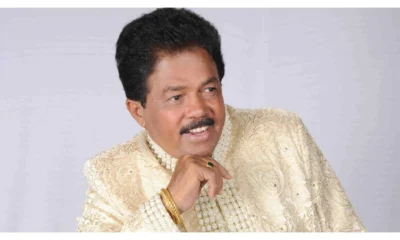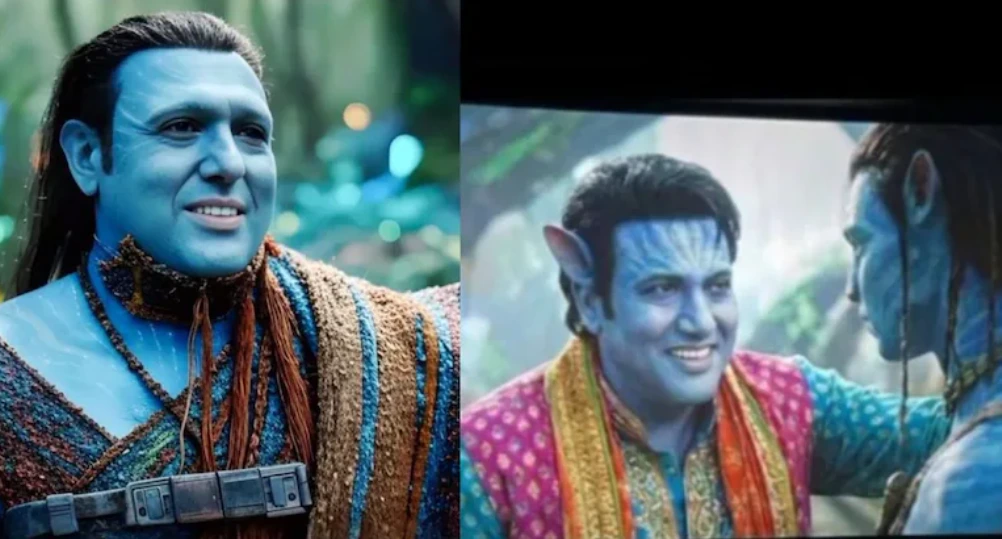Entertainment
Bengaluru Police arrest Kannada actor Chetan Kumar for Hindutva built on lies tweet, sent to 14 days judicial custody
In a tweet on March 20, Kumar claimed that Hindutva is built on lies.

Entertainment
Dhurandhar box office collection crosses Rs 1,000 crore worldwide in 21 days
Dhurandhar has crossed Rs 1,000 crore worldwide within 21 days, becoming the highest-grossing Indian film of 2025 so far.
Entertainment
Govinda’s Avatar: Fire and Ash cameo clips go viral, truth behind the AI-generated videos
AI-generated videos claiming Govinda’s cameo in Avatar: Fire and Ash have gone viral, but the actor does not appear in the film.
Entertainment
The Odyssey trailer: Christopher Nolan unveils first look of epic journey led by Matt Damon
Christopher Nolan has released the first trailer of The Odyssey, offering a glimpse into Matt Damon’s epic journey home after the Trojan War.
-

 India News16 hours ago
India News16 hours agoBangladeshi singer James’ concert cancelled after mob attack in Faridpur
-

 India News13 hours ago
India News13 hours agoBJP and Shiv Sena reach broad seat-sharing deal ahead of BMC elections
-

 India News17 hours ago
India News17 hours agoCBI moves Supreme Court against suspension of Kuldeep Sengar’s life sentence in Unnao rape case
-

 India News16 hours ago
India News16 hours agoOp Aaghat 3.0: Delhi police arrest over 280 accused ahead of New Year celebrations
-

 India News16 hours ago
India News16 hours agoOver 2,000 Maoists surrender under Chhattisgarh rehabilitation policy, says CM Vishnu Deo Sai
















